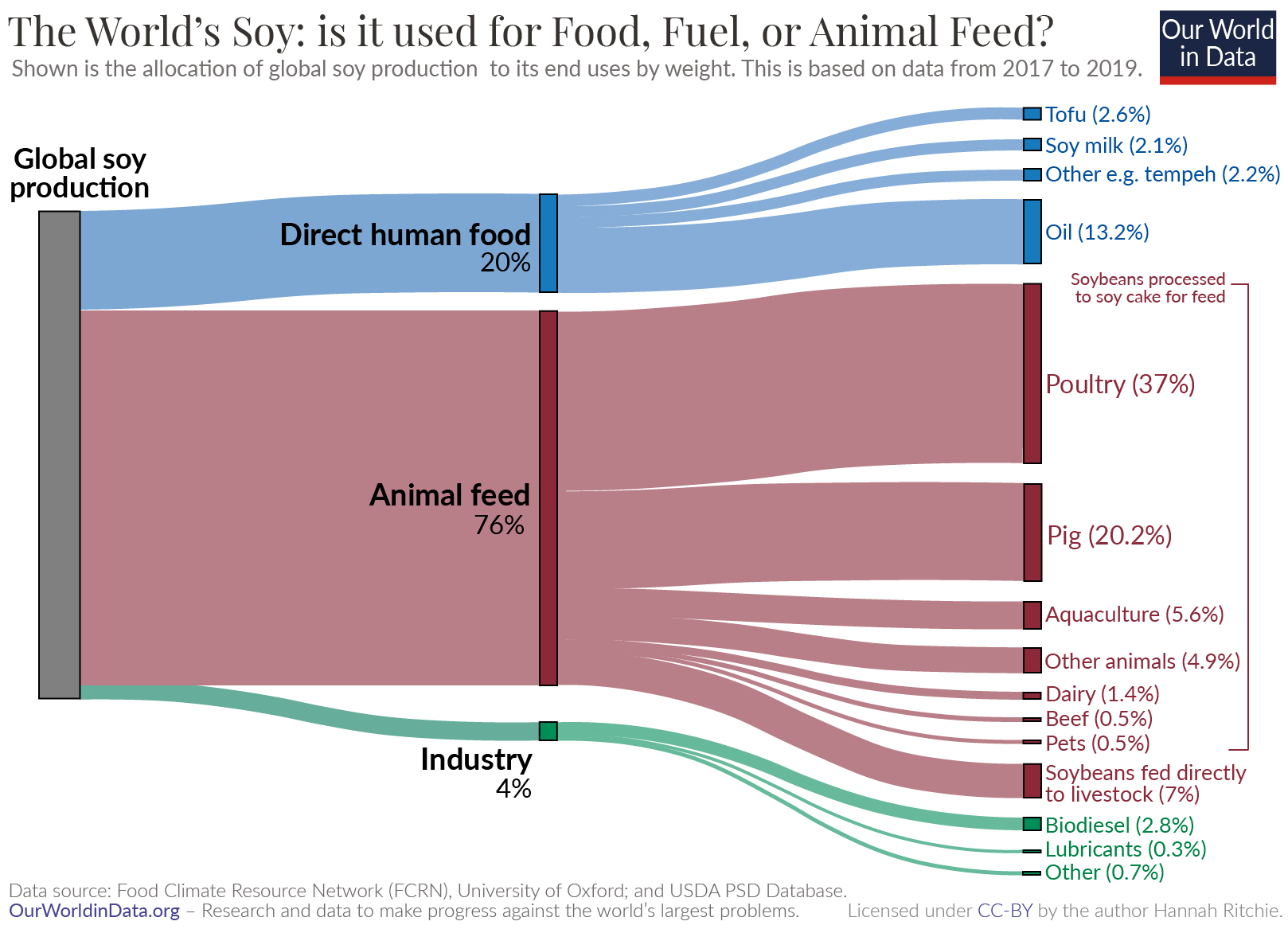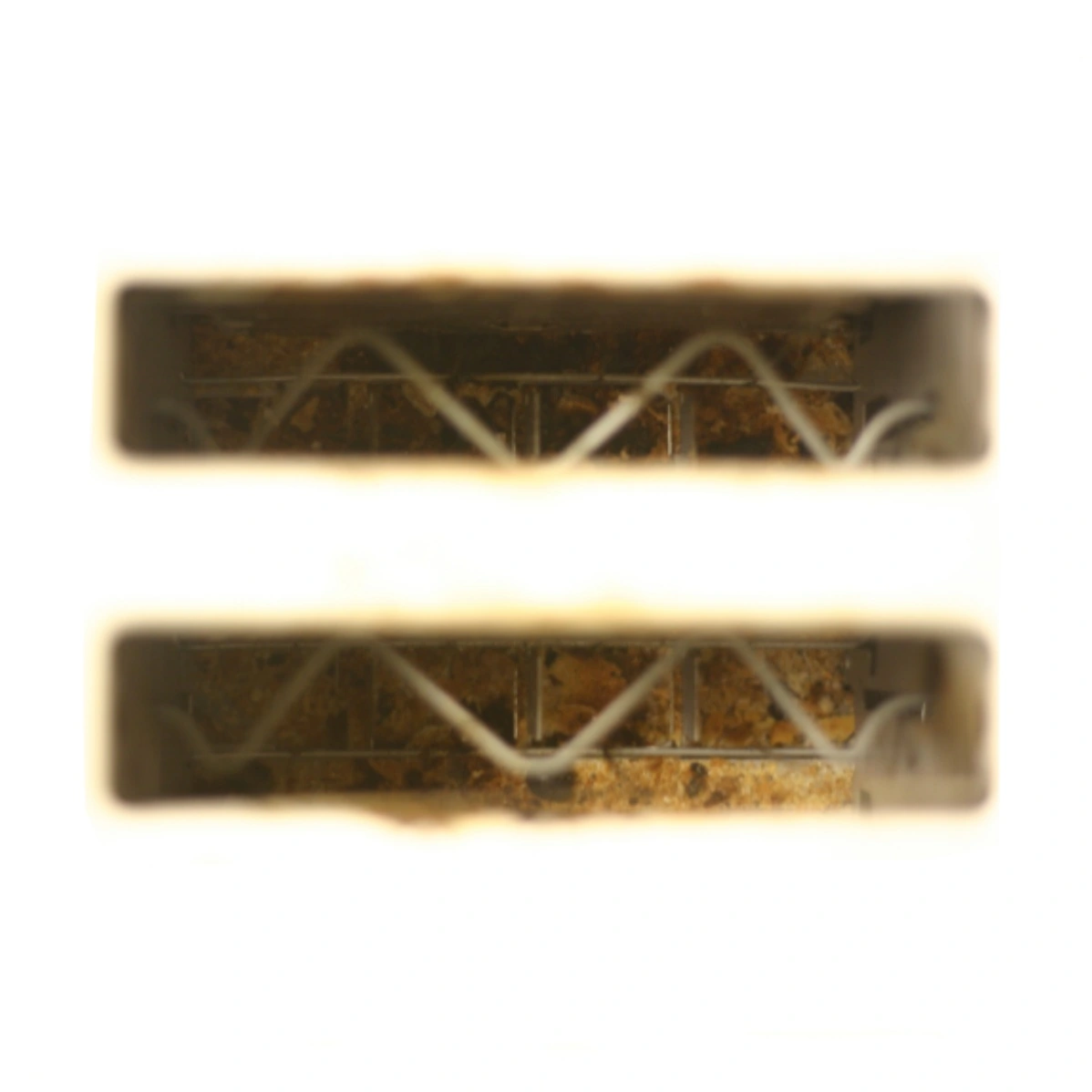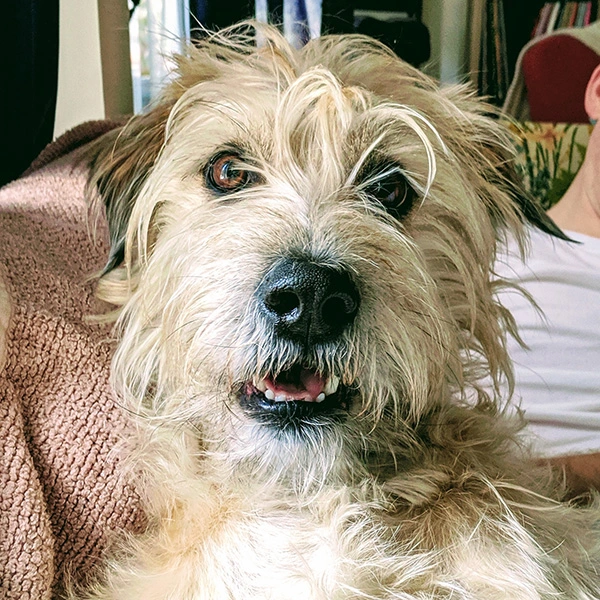For starters, you can add weather stripping to outside-facing doors and windows. If your landlord doesn’t want to pay for it, then it can be found cheaply on aliexpress. Also, add insulation outside-facing switch covers and outlet plates.
Go vegetarian or vegan. Compost if it’s available and accessible.
This saved me so much money. Meat is expensive.
Already halfway there, so I’m looking into composting options now since unfortunately they don’t do pickup in my area. :)
Good luck!
How is composting better than not composting?
It’s a substitute for chemical fertilizers which would otherwise go to landfill. It also improves soil quality rather than producing dead “dirt” that is dependant on chemical fertilizers. Plus, no more transportation involved in disposing of the food scraps to landfill, producing and packaging fertilizers, etc.
You can use it for any kind of gardening really, including growing your own veggies and herbs.
Finally, it reduces food waste by recycling food scraps rather than sending them to landfill when they could be used to produce more food or replace more energy-intensive fertilizers.
Compost your leftovers.
I like it! For those who do not have municipal compost bins, is it possible to compost leftovers indoors? Perhaps on a balcony (without attracting pests)?
I’ve done it on a balcony before. You need to be careful about it but it’s possible. I took a plastic bin and drilled holes in the sides/ bottom for air circulation. Then put it up on 2 bricks on top of another bin lid to make sure anything that leaks doesn’t do so on my neighbors. Then you have to make sure to turn it often to prevent it from stinking or getting too hot. And that’s it! It’s not enough for a large garden, but it was enough to restock my large balcony planter every year and made great tomatoes and herbs!
A simple worm container works pretty good as well.
It’s always hard to know what kind of outdoor space you’re working with when it comes to rentals. There are indoor composters like Lomi which can do it indoors but the cost of the unit is out of reach for most. Composting yourself will always attract pests. It’s not fun when those pests make it inside your place. Reach out to local community gardens and see if they have recommendations for composting your food scraps. I’m fortunate enough to have my compost picked up every week. I pay for this privilege and again, I know it’s not affordable for many but I glad I’m able to make the investment. I probably empty my normal trash bag once every 2 weeks.
You can do a lot but it depends on how much you can get away with in your apartment. I was lucky enough to have a landlord who didn’t give a shit about the property or what you did to it as long as you paid your rent and didn’t make trouble. This was an appartment building that was over 100 years old and renovated sometimes in the 90s. So when my husband and I moved in we did a whole lot of stuff. We took out all the lightbulbs and replaced them with LEDs and put the old bulbs back in the boxes for when we moved out. We replaced the broken halogen light fixtures with LED fixtures. We replaced the thermostat with one that has timed settings. We removed the broken crumbling plastic window fixtures and replaced them with blackout fixtures and double hung curtains. We added sealant to the windows which didn’t have any for some reason. We replaced one of the door seals and would fill window cracks with paper in the winter. I’m guessing a lot of this stuff you couldn’t get away with in a strict apartment and some people wouldn’t want to do all that or know how to. The only reason we did is because we could and we intended on being long-term renters. In the 5 years we were there he never cared and never raised our rent. But all of those things saved us money on gas and electric over those years. Obviously if you own a place, you can do more things that are even more effective and permanent, but this is a rental we’re talking about. Just make sure you know what you can get away with before you do it.
Eat in-season, locally produced food.
Eat more plants, transportation is <10% of the food supply chain. For beef it’s <0.5%. https://ourworldindata.org/food-choice-vs-eating-local
Nothing wrong with in season / local produce, but the bigger impact (by orders of magnitude) is switching off meat
buying plants or meat, local or transported doesn’t have an impact: it’s all in the production.
To be fair, meat requires tens of thousands of pounds of plants used as feed over the lifetime of the animal (in this case, a cow), which also requires transporting the feed, pumping water to the crops for feed and for the animals to drink, etc. Unfortunately, there simply isn’t enough land on earth for all animals to be free range.
a lot of what we give to animals as feed is parts of plants we can’t or won’t eat,like silage. if we grow and use the part of the plant we want,and we can reclaim some more of the resources through animals,that’s good.
As anybody who has spent time working on a farm can attest, whole corn and soybean are some of the primary cattle feed. The majority of all soybean grown in North America is used as cattle feed and corn is a large market segment. The reality is that meat production uses far more land than plant-based alternatives, even adjusted for caloric output. You don’t need to believe me as this is a well researched topic and you can find reputable sources for yourself.

looks to me like cattle get very little of the global soy crop, and most of what is fed to livestock is, as i said, the parts of the plant left over after we’ve taken what we want for ourselves.
You just shared an infographic which showed that animal feed accounts for 76% of global soy production vs only 20% for direct human food. The point we were discussing was that eating meat is a less efficient use of land which appears to be supported by what you shared.
Judging by the other comments and profile, it’s clear that you’re not trying to have a discussion in good faith and may be a troll. I’m not going to engage further.
most cows mostly eat grass for most of their lives. whole corn is fed as a treat to entice them to eat the rest of the silage it’s sprinkled on (in my experience).
No. Most cows do not because most cows are not free range.
whole corn and soybean are some of the primary cattle feed. The majority of all soybean grown in North America is used as cattle feed and corn is a large market segment.
can you cite any sources for that?
meat production uses far more land than plant-based alternatives
making food is a good use of land.
And the production of meat is ~5-10x worse than almost all plant food sources.
by what metric, and using what methodology?
Literally linked a whole article showing the emissions breakdown of meat vs plant production.
can you explain the methodology?
It’s looks like a meta analysis of other papers - are you questioning methodologies because you were unable to find them in referenced papers?
if that’s true (i’m dubious) then you should be finding an effective way to curb production.
Which brings us back to reducing consumption of meat
buying beans is not an effective way to reduce meat production
Got suggestions for effective ways (that are affordable and available today) of reducing meat production?
by what metric?
My go tos are
- Low(er) flow faucet aerators & shower heads (don’t have to get crazy but try a few at different flows to see if you can go any lower without it being obnoxious, I stopped at 1.5gpm as the 1gpm restrictors felt like a stingy public bathroom)
- Adjust water heater to a cooler temp (at 125-130F I can still get the shower as hot as I need just by turning it close to full hot)
- LEDs in all light fixtures, I usually calculate lumens per watt to get the most efficient I can find while still having ~80+ cri and a 2700-3000k temperature (colder temperatures are usually more efficient but I’m not about living in blue light)
- IR reflecting window film for the summer and draft-reducing film for the winter
- Weather stripping to fill any drafty gaps
- Make sure HVAC filter is changed on time and not restricting air flow
- Simply let it get a bit warm in the summer and a bit chilly in the winter, use eco modes if your thermostat has it
This is great!
The bathroom/shower.
1 kW is enough to heat 1 liter of water per minute by 14.3 degrees Celsius. If you have a 20 l/min shower head and water pressure to actually deliver that, that’s 20-30 kW of power for as long as the shower is running (if the water is heated by heat pump, that’s output power, input would be 1/4th to 1/3rd, and wastewater heat recovery is possible - but most places don’t have that and use fossil fuel or resistive heating).
A 15 minute, 20l/min shower uses 5-7.5 kWh. You can reduce that by a factor of 6 by using a 10 l shower head and 5 minutes of water (turning the water off while you don’t actively need it). At 200 kg CO2 per MWh (natural gas), that’s 0.3-0.45 tons of CO2 saved per year.
Likewise, lowering the thermostat and saving heating can make a huge difference.
In general on a large scale, living in a smaller apartment is “greener”, since less space needs to be heated, but also less space has to be built, and higher density means less travel.
Heating/housing, food, and travel are typically the biggest parts of your footprint. For travel, distance matters more than the way you move. Flights aren’t great per km traveled but what makes them really impactful is that they make it practical to travel large distances. (Keep that in mind when you see “green” politicians trying to propose measures - often these measures are either purely symbolic, adding annoyance without benefit, or work mostly by making it impractical/undesirable to travel or do otherwise enjoyable things).
Use fans in the summer. You can keep your thermostat at 77-78 during the day and still feel comfy. The issue of why you feel hot is not because 77 is hot, it’s because air is not moving. Having a fan on keeps the air circulating in your apartment, making it more comfortable without using too much energy; instead of relying on your AC to move air around by lowering the thermostat so it keeps turning on.
Blackout shades also work to cool down your apartment, not just keep light out. Put them on windows facing west to keep sunlight out during the hottest time of the day.
You want white shades not black. A lot of modern glass is thermal blocking. It has a coating to reflect Infrared light. With black curtains, the sunlight hits the curtain and is absorbed. The curtain then re-radiates it as infrared. This spreads it around the room, since the window blocks it. With white, the light reflects off, and back out the window. This keeps more heat out.
For best effect, you want to use Mylar foil. I personally found the mylar bubble wrap wall insulation worked extremely well. It’s quite stiff, so easy to cut and handle. I used suction cups to hold it to the window. The outside would be the absolute best, but it still works extremely well on the inside.
Indeed. The one I use is black on one side and reflective on the other. It also uses suction cups, so I can easily put them on and remove anytime.
By eating your landlord
Yum
In addition to the socket sealers on outlets you can caulk any gaps between the outlet box and drywall. (Don’t put anything inside the outlet box)
The same thing can be done with can light fixtures if you’re on the top floor
Is here any kind of caulk to be aware of to avoid electrical fire hazard?
I don’t think so. As long as nothing gets inside the outlet box there should be no fire hazard. There are acoustic caulk that don’t dry out and crack, which helps with sound proofing. I’ve heard Red Devil caulk works just as well, but it’s less expensive because it doesn’t have “acoustic” on the label
For starters you can ask why your apartment management charged you 104 dollars for heat a month even though you use the gym showers at work, and it was never cold enough to turn on the heater. That’s one way
Don’t get kids.



